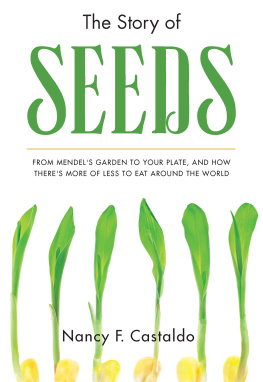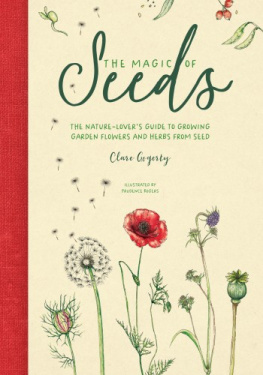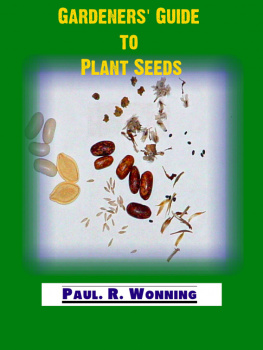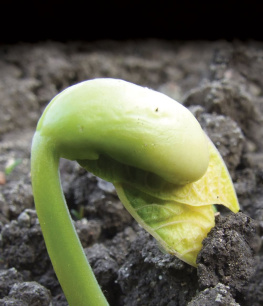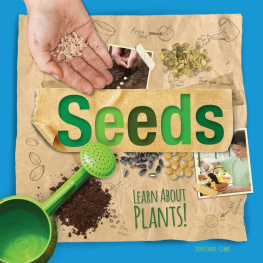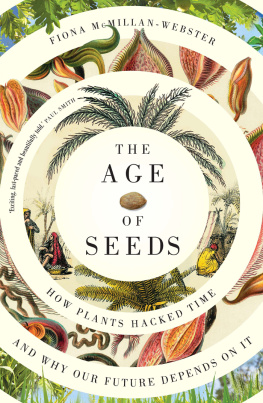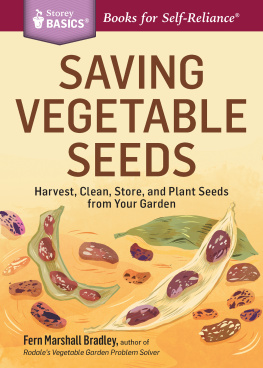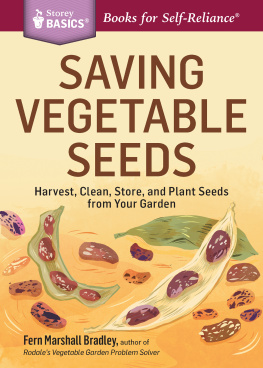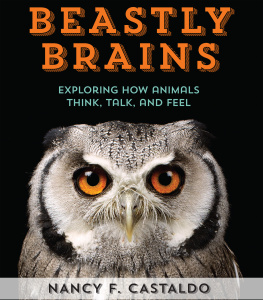Text copyright 2016 by Nancy F. Castaldo
All rights reserved. For information about permission to reproduce selections from this book, write to or to Permissions, Houghton Mifflin Harcourt Publishing Company, 3 Park Avenue, 19th Floor, New York, New York 10016.
All photos by Nancy F. Castaldo except (soybean seeds) Photodisc/Getty Images
www.hmhco.com
ISBN 978-0-544-32023-9
eISBN 978-0-544-32025-3
v1.0216
TO ALL THE SEEDY FOLKS I VE ENCOUNTERED IN THE BUCKET BRIGADE!
N.F.C.
To see things in the seed, that is genius.
Lao Tzu
CHAPTER ONE
SEEDS AT RISK
You spit a watermelon seed onto your plate, wishing your slice were seedless. You flick the black dots into the trash before loading the dishwasher. Theyre garbage, right?
But what if your sweet slice were from the very last watermelon in the world? Would you still spit out the seeds into the trashor would you risk your life to save each one? Fortunately, you dont have to make that choice and watermelons are not crucial to our survival, not even on a hot day. But what if it werent watermelons that were threatened? What if it were one of our priority crops, like wheat, corn, rice, or potatoes? What if you were facing a great famine, like they did in Ireland? Now the stakes would be higher. Would you face danger to save any of their seeds?
Were in the midst of a seed crisis. Every day new headlines jump at us. Seeds are facing many threats. And when they are threatened, our food supply is also at risk.
It may sound crazy, even improbable, but there are scientists who are risking their lives every day for seeds. Its true, and theyve been doing it for years.
Scientists, such as the Russian seed collector Nikolai Vavilov, have recognized the importance of seeds and have given their lives to protect one of our planets greatest treasures. There are people throughout the world who are striving to defend and protect our seeds. Some plant them. Some share them. Some smuggle them. Some save them. All are working toward keeping the diversity of our seeds alive and well.
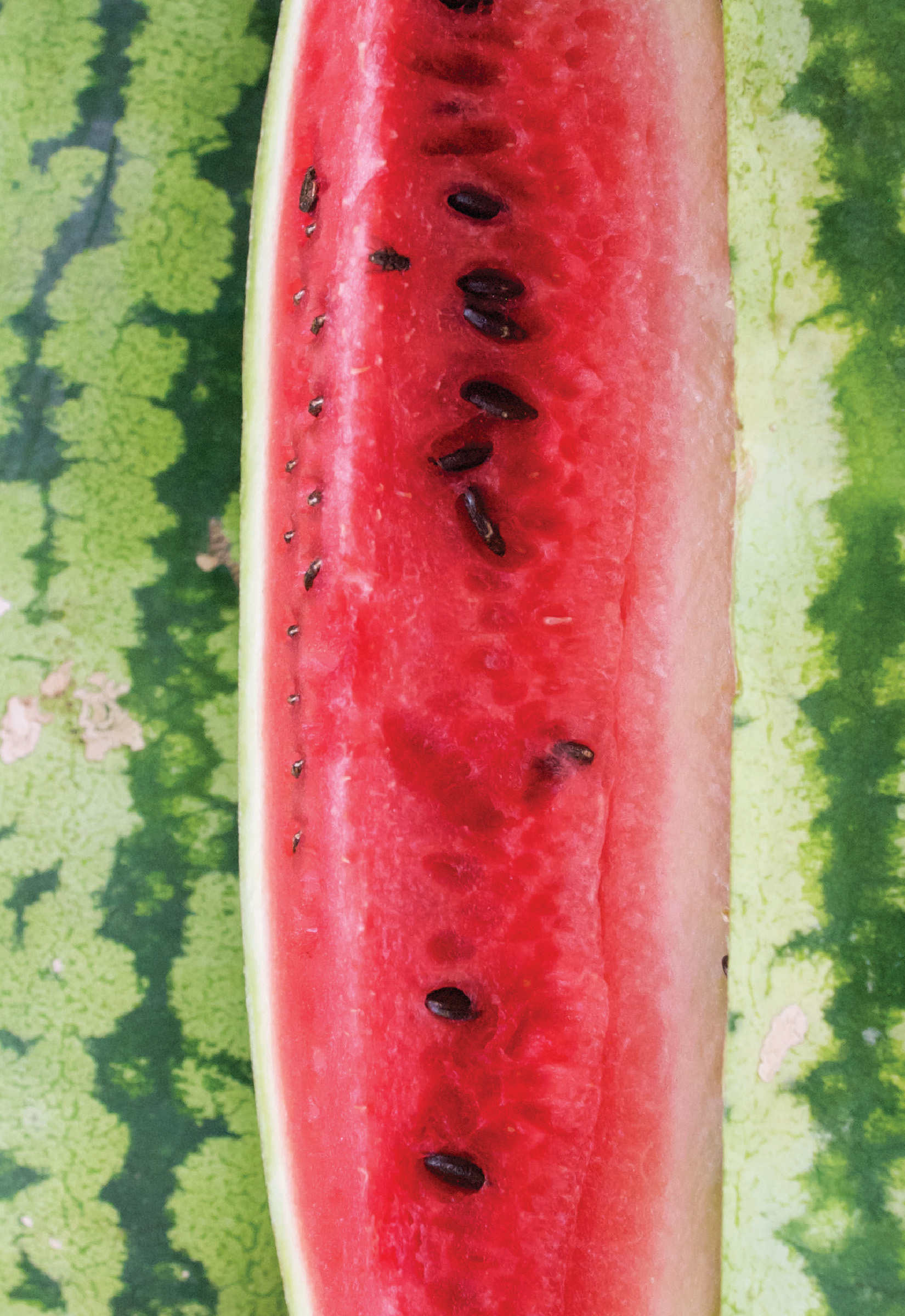
Jubilee bush watermelon.
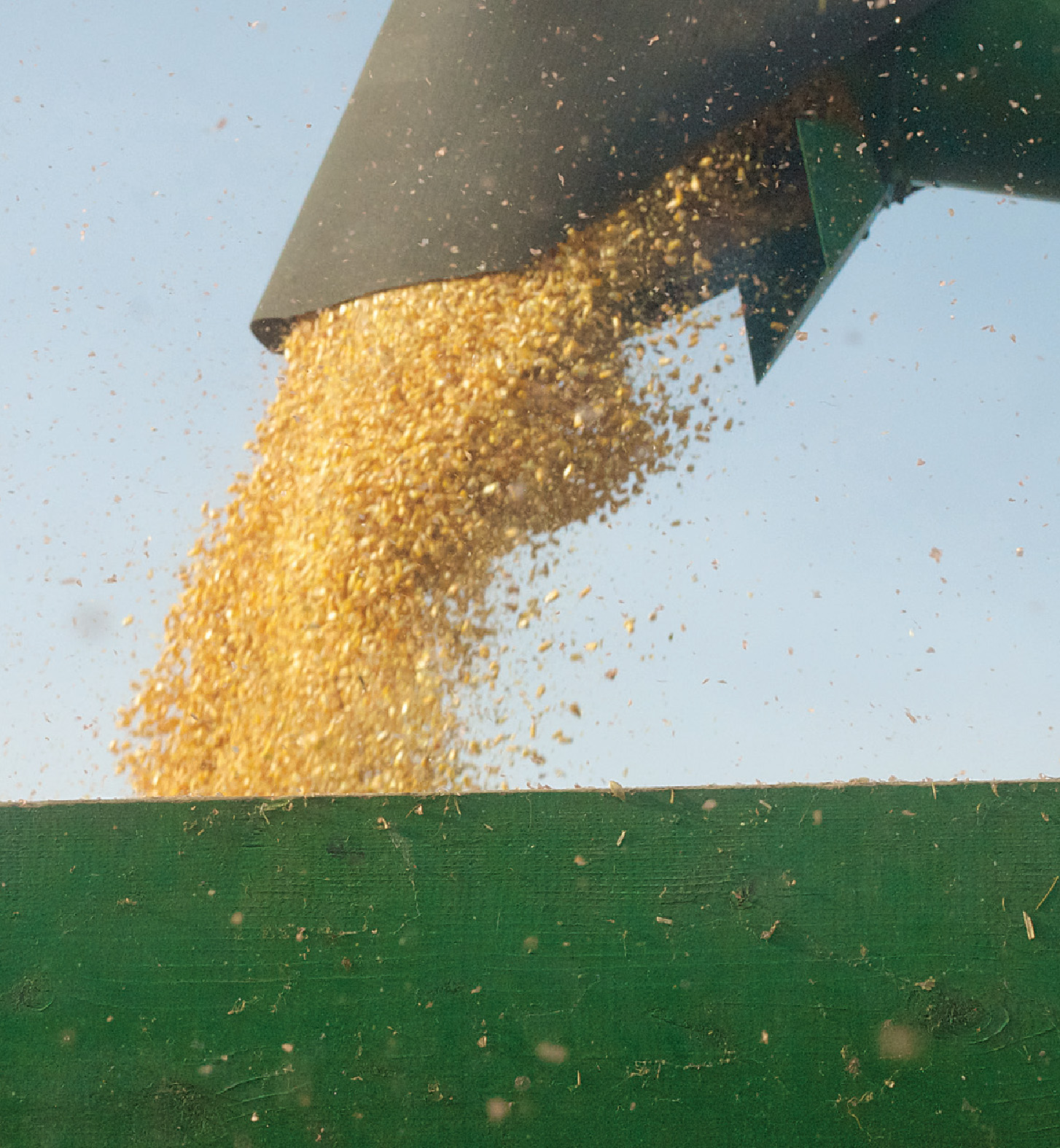
Field corn harvest.
SEED CRISIS
Although war takes its toll on agriculture and seeds, it isnt the only challenge facing them. Climate change, overexploitation, bioterrorism, and modern agriculture practices are threatening our seeds and decreasing our agricultural biological diversity (agrobiodiversity).
SCIENTISTS RISK LIVES, EARN AWARD
The scientists of Syrias ICARDA genebank received the prestigious Gregor Mendel Award in March of 2015 for risking their lives to preserve almost 150,000 seed samples during the civil war in Syria. Most of those samples are safe at the Svalbard Global Seed Vault now!
According to the Food and Agriculture Organization (FAO) of the United Nations, some 75 percent of plant genetic diversity has been lost since the 1900s because farmers have chosen to abandon their local crop species for genetically uniform, high-yielding ones. More than 90 percent of crop varieties are no longer being farmed.
Of 300,000 species of edible plants, only about 150 to 200 are being cultivated, only eight are traded throughout the world, and half of our calories come from just threerice, maize, and wheat. According to the Global Crop Diversity Trust, 23 percent of the calories we live on and consume in every country comes from wheat. Our diversity is shrinking fast. The worlds seeds are in crisis.
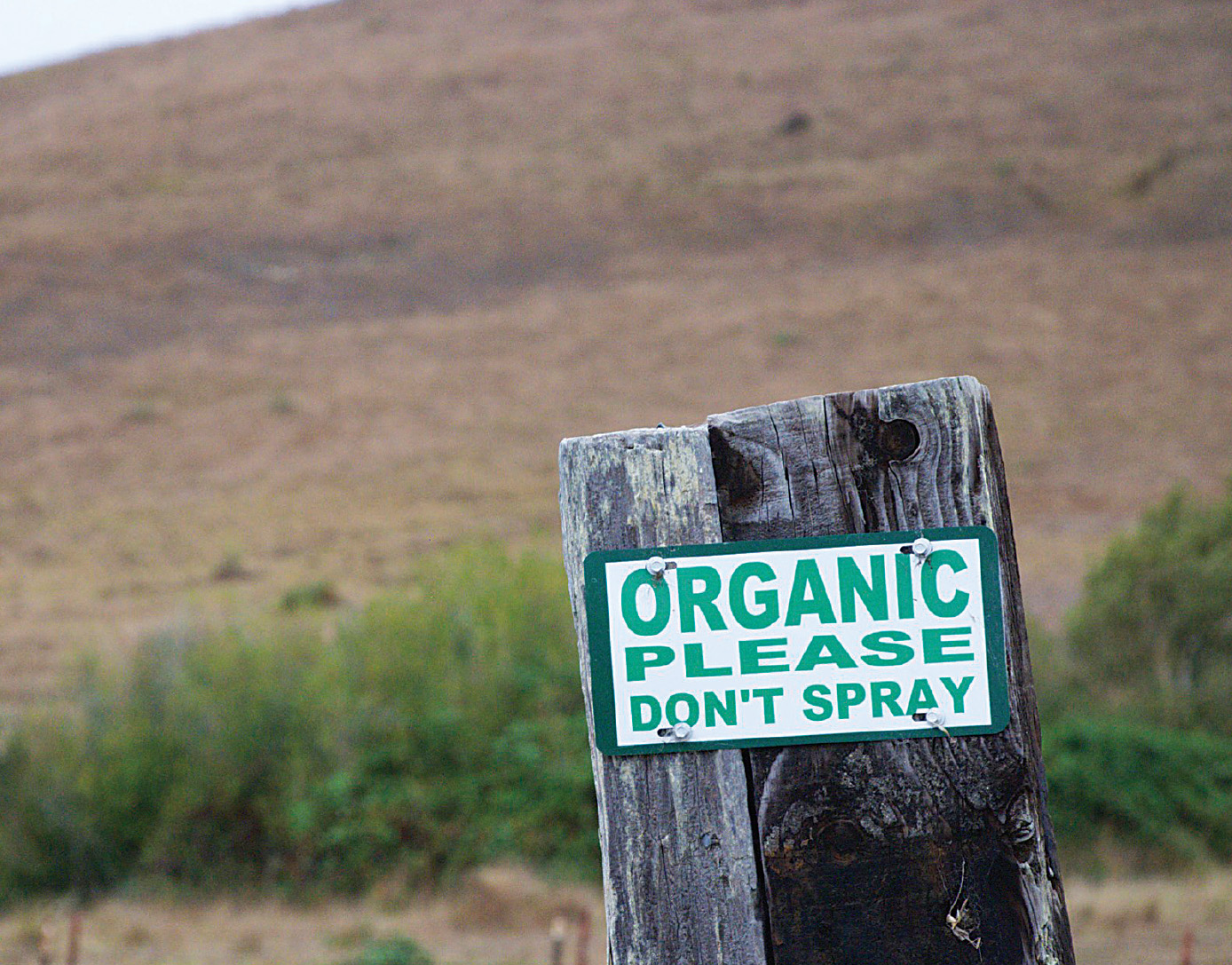
Small farmers struggle against large farms.
CHAPTER TWO
SEED PIONEERS
Any dictionary can provide you with the definition of a seed. Its a small object that is produced by a plant so that a new plant can grow. But that definition doesnt begin to describe how important these tiny little objects are and why people have been willing to protect them.
A seed holds all the genetic information for a plant. Many seeds can be eaten just as they are, like corn and chestnuts. Others are planted and provide us with the fruits, vegetables, and medicines we need to survive. Those plants help maintain our atmosphere. They take in carbon dioxide and provide us with the oxygen we breathe. In addition, think of all the creatures that also need seeds or the plant they produce to survive.
Seeds equal life.
SEED
Similar to an egg, a seed or kernel is covered by a seed coat for protection and houses a fertilized plant ovule that constains a tiny embryonic plant and nutrition.
Thousands of years ago, humans were hunter-gatherers. Although there were hundreds of thousands of fresh fruits, nuts, vegetables, and grains growing at that time, we would hardly recognize many of them. Take corn, for example. It wasnt always the tasty cob treat we eat today. It started out as just a single kernel wrapped in its own husk.
The domestication that began with the sowing of seeds moved humans away from hunting and gathering and into harvesting. Most of the seeds that existed then had adapted to breaking open and dropping to the ground with a breeze or a brush of an animals tail. The plants survival depended on its ability to spread its seeds.
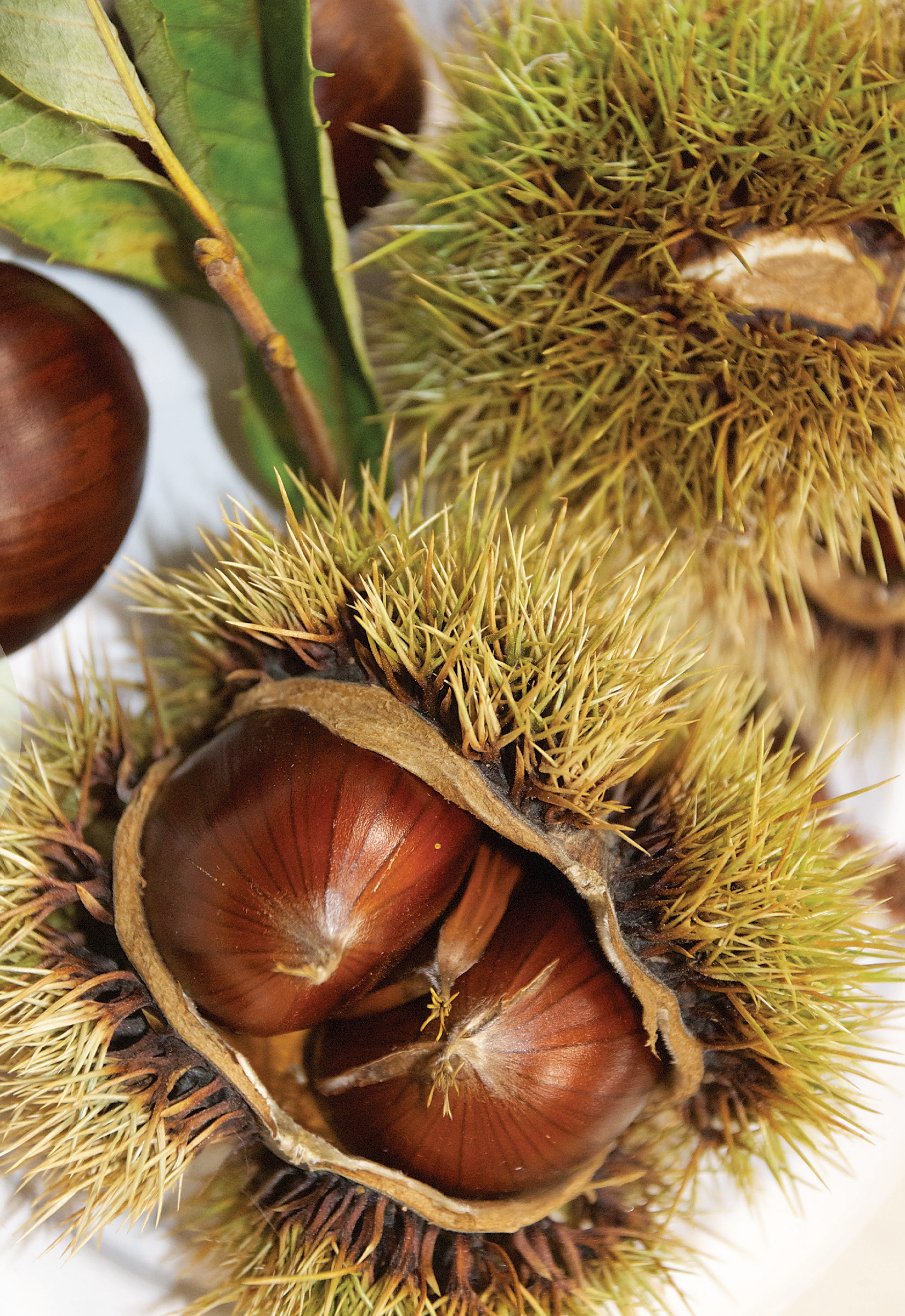
Chestnuts in their prickly husks.
But humans changed that when they began to harvest and plant. They gathered seeds that remained on the plants and were able to be collected. Season after season humans planted and harvested.
After many, many years those seeds became the domesticated varieties we have today, and they are genetically different from their wild counterparts.
The ancient art of growing food from seeds has undergone many changes. Family farming has developed into a large, mechanized, high-tech business with emphasis on feeding growing populations. How did agriculture become what it is today?
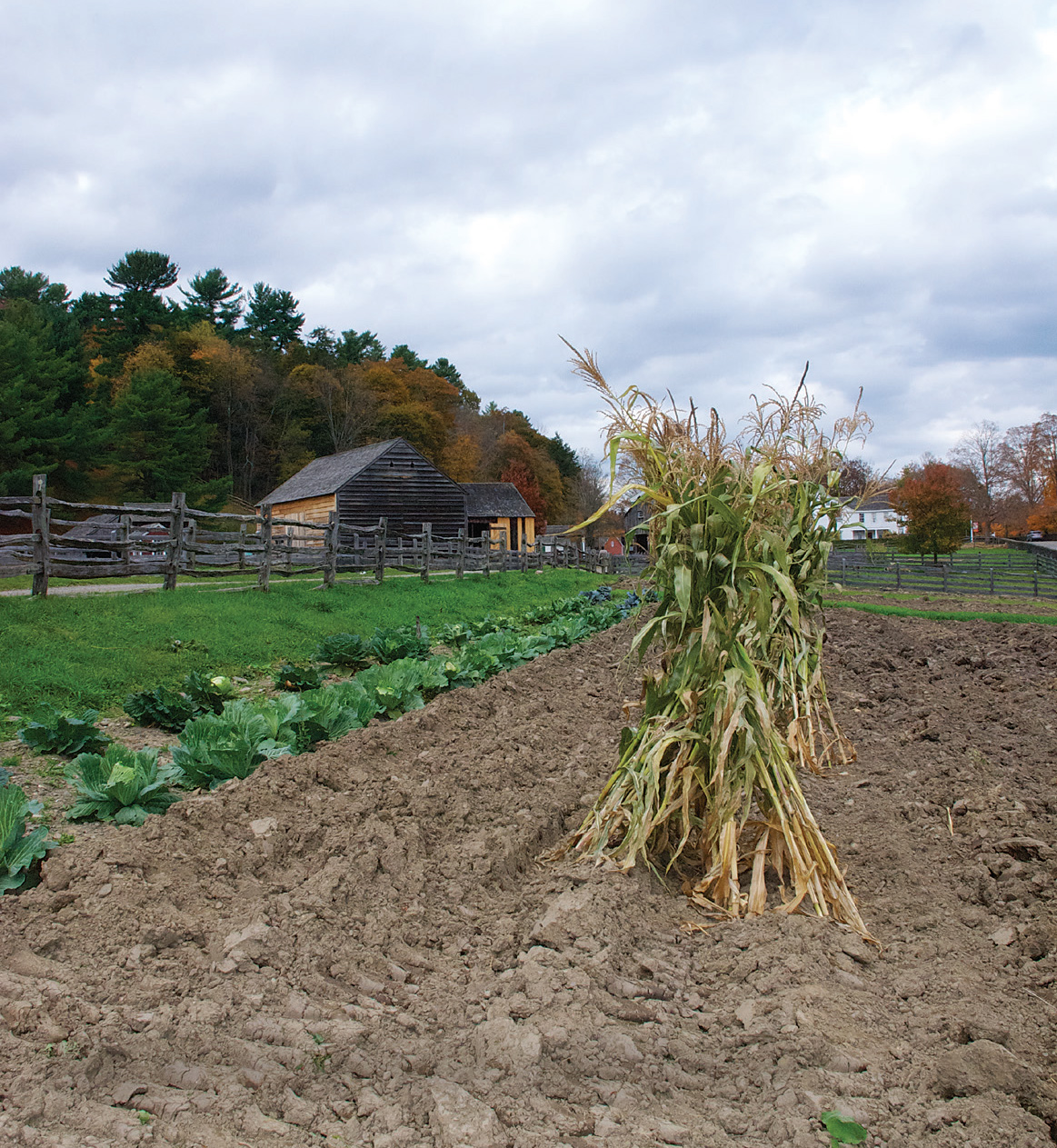
Early farm at the Farmers Museum in Cooperstown, New York.
Lets take a look back at a few of the pioneers who gave us the fundamentals of the science of agriculture.
GREGOR MENDEL, THE MONK IN THE GARDEN
Humans have been creating variations of plants for hundreds of years. It all started with peas. Do you have your moms eyes? Or your fathers dark hair? We dont give a second thought to accepting the principles of inheritance. We now know that we have genes that carry traits from parent to child, but inheritance was once a mystery. We can thank a nineteenth-century monk by the name of Gregor Mendel for our early knowledge of genetics.

